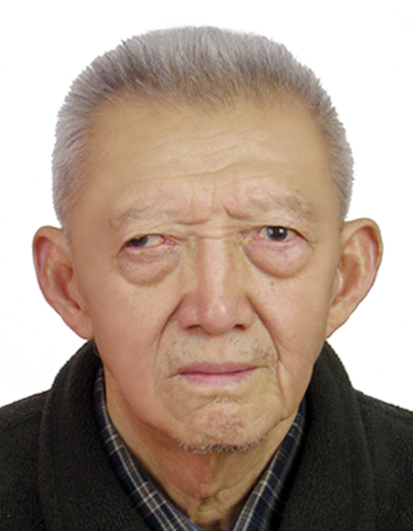| Biography | |
|---|---|
 Prof. Qiuhe Peng Department of Astronomy, Nanjing University, China |
|
| Title: Challenge to the Black Holes and Supernova explosion | |
| Abstract: Part I: On our Galactic Center An unusually strong radial magnetic field has been found near our Galactic Center (Eatough et al., 2013) Its important implication is that the observed radiation from the GC cannot be emitted by the gas of the accretion disk due to accretion plasma fluid being hard to transfer cross the magnetic field line by the Lorentz force. This is the first dilemma of the standard accretion disk model of black hole at the GC (Peng et al. 2016). The second dilemma is that the magnetic field with a lower limit of 8mG near the GC is hardly produced by ɑ-turbulence dynamo mechanism (Peng et al. 2016). Then I would like talk that the strong radial magnetic field detected in the vicinity of the GC is consistent with the prediction from our model of supermassive object with magnetic monopoles ( Peng and Chou 2001). This is a strong evidence of both no black hole at the GC and existence of magnetic monopoles (Peng et al., 2016, 2017a). Part II: An unified model for supernova explosion mechanism Taking the RC effect (nucleons may decay catalyzed by MM) as an energy source, besides, we have proposed an unified model for various supernova explosion(Peng et al. 2017b). In our model, the remnant of the collapsed core of supernova is still a neutron star rather than a black hole no matter how huge of the supernova mass. That means, black holes with stellar mass are impossible to be formed through supernova explosion. We may also explain the physical reason of the Hot Big Bang of the Universe with the similar mechanism of supernova explosion by using the RC effect as an energy source. Part III: Query on the black hole models for other quasars and active galactic nuclei: The key dilemma of the black hole model is the question on the BH mass at the center of AGNs . The radiation from the BHs is emitted by gas of an accretion disk around the BHs. According to the Mach principle, the mass distribution of the universe (different redshifts) of the black holes formed in the early universe (with the number of black holes formed) was roughly the same. Through the accretion process, the mass of black holes could only increase continuously. In order to find the original mass of a quasar when it was born in the early universe, we need to subtract the mass added by accretion from the mass of the quasar determined today since the time of its birth (t ≈ 0 ) to the time of t(z) , if we assume that all quasars were born at the same primordial era. However, according to various possible accretion theories in the current research and taking the data .of 105,783 quasars based by SLOAN Digital sky survey (SDSS), we find that the primordial masses of these black holes (quasars) with medium and low redshift are mostly negative or very small after deduction. This is totally ridiculous. However, the dilemma will disappear in our model of Supper-massive Stars with magnetic monopoles ( Peng and Chou 2001, Peng & Li, 2019) Reference 1) Eatough R.P., et al., 2013, “A strong magnetic field around the supermassive black hole at the centre of the Galaxy”, 2) Peng Q. & Chou C., 2001, “High-Energy Radiation From a Model of Quasars, Active Galactic Nuclei, And the Galactic Center With Magnetic Monopoles”, ApJ., 551(2001) L23-L26 3) Peng et al., 2016, “A possible influence on standard model of quasars and active galactic nuclei in strong magnetic field”, Astrophys Space Sci (2016) 361:388 4) Peng et al., 2017a, “Some new possible anticipated signals for existence of magnetic monopoles?” , New Astronomy, 57 (2017)59-62 5) Peng et al. , 2017b, “ A unified model of supernova driven by magnetic monopoles” Astrophys Space Sci , 2017, 362;22 6) Peng & Li, 2019, “Implications for Discovery of Strong Radial Magnetic Field at the Galactic Center—Challenge to Black Hole Models”, Journal of Modern Physics, 2019, 10, 1416 -1423 | |
| Biography: After graduated from Department of Astronomy, Nanjing University at 1960, Qiu-he Peng teached at Peking University for 18 years and then is teaching at Nanjing University. Q. Peng is mainly engaged in nuclear astrophysics , particle astrophysics and galactic astronomy research. In the field of nuclear astrophysics, Peng’s researches involve neutron stars (pulsars), the supernova explosion mechanism and the thermonuclear reaction inside the star, the synthesis of heavy elements and interstellar radioactive element such as the origin of celestial 26Al. 225 papers of him have be published. In recent 10 years, his works are mainly on the astrophysics with both particle physics and condensed matter physics. | |
